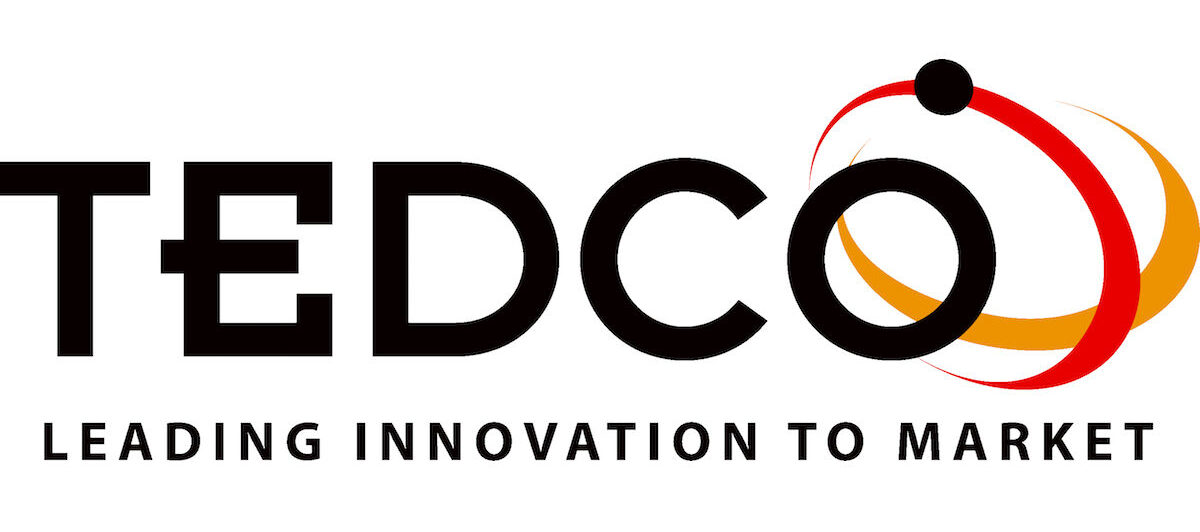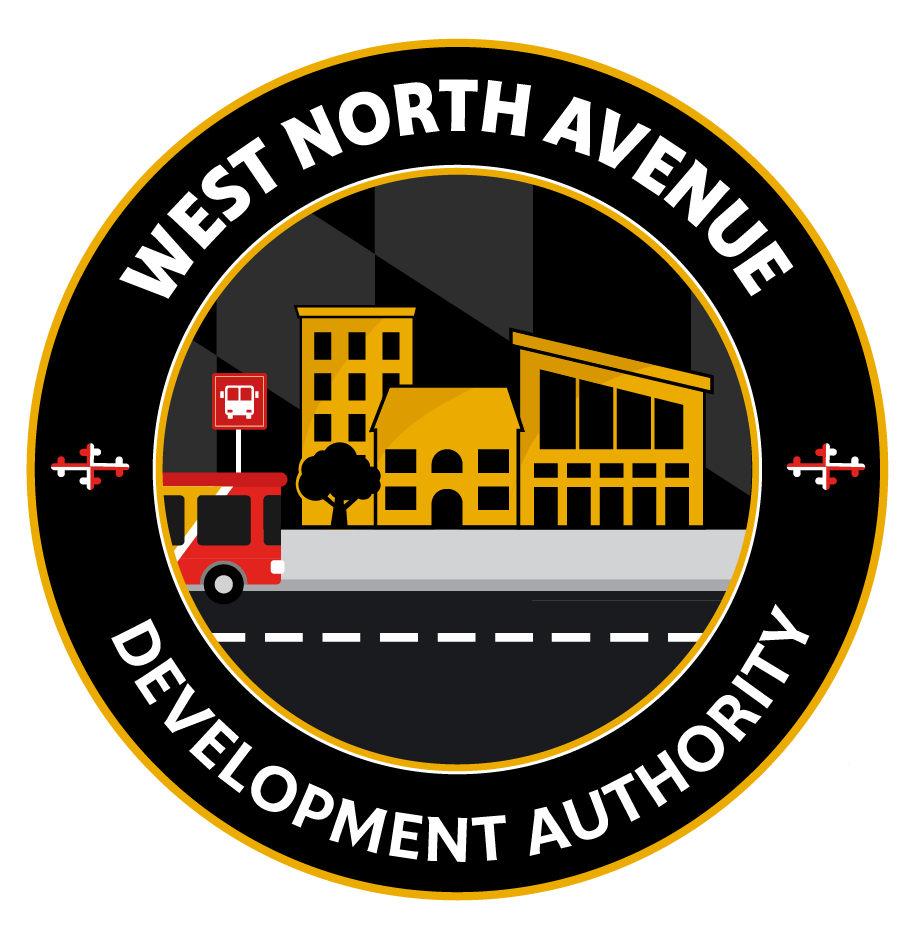Recap – MEDA 2015 Annual Conference: Inspiring Innovation Panel
BD – Brian Darmody (moderator)
PD – Patrick Daugherty, EAGB
PM – Phil Malone, Garrett Engineering and Robotics Society
DH – Dan Hoffman, CIO, Montgomery County
BD – Conference hotels are centers of innovation and create community, a sense of place. We have 37,000 students at the University of Maryland. We produce the largest amount of STEM graduates in the state and in the region. We have $500 million worth of annual research. But we didn’t have a gathering place…. This new Hillman Hotel and the area surrounding it is our innovation district. We just presented to the College Park Council our innovation district plan… We want to create a sense of place, a place for alumnae, visitors, researchers all gathered together and create innovation…. Trying to leverage our status as a major research university in the greater Washington region. You’re going to hear examples from other parts of the state where they have clusters of innovation.
PD – Working on bio-health innovation index – developing index of 50 or 60 indicators that point to the region’s ability to innovate bio-health technologies. We’re going to use that book as a marketing tool and as a way to measure gaps in the ecosystem and what are we going to fix to move forward a strategy of innovation.
PM – We’re a non-profit that whose vision it is to give kids a look into careers in science and technology. We do this by developing mentors, working with kids to work on innovation solutions to different challenges. It usually involves creating some sort of machine. Our facility in Garrett County Maryland is a 6,000 sq ft mixed warehouse/office space located in one of the central industrial parks. Our facility is provided rent/utility free by the county commissioners and we’ve been operating for 9 yrs. Our main goal is to provide an innovative problem solving environment. We do this through a variety of activities… examples such as STEM festivals, school programs, summer tech camps. But our main activity is getting kids involved in teams to enter international robotics competitions. We’ve been very successful in this area.
DH – Thingstitute acts as a living lab/hub for real world test beds that companies – large, small, start-up, international, sometimes research institutions – use to test out devices/products/software related to the Internet of Things. The Internet of Things is one of those mega-trends that will affect every single sector of government from the way they pick up trash, to the way we impose parking to the way we teach and train our workforce. We see it not only as an economic development opportunity, a way for start-ups to vet, define, and demonstrate their products, but also for the public sector to learn a little more about what’s coming down the pike, how our operations will be impacted in the coming years by this network of connected devices.
BD – Md has a very high percentage of the state’s economy performing research and development but it’s siloed. It’s either in academic institutions, federal labs and, to some extent, the private sector. Silicon Valley has a culture of sharing. It’s been around a long time. Talk about the culture of sharing in your jurisdiction. How do you improve it? If not, how do you get there?
PD – COS is starting to take root and it’s become a great area of focus for people in Greater Baltimore. There’s a ton of money being poured into the area’s research and development and also government research – Aberdeen Proving Ground, Fort Meade, NSA – and we’re starting to see a lot of our partners, for example at Hopkins putting a great focus onto moving their technology, the research they’ve created there into the commercial space. I’m optimistic about the culture of commercialization and sharing.
BD – Garrett County is a much more rural county. How did you convince the commissioner to fund that?
PM – When the robotics team came home from international championships competition and they discovered they didn’t have a home anymore. They’d been sort of kicked out of their small space at an incubator facility because the kids didn’t mesh with the incubator businesses that were located there. A friend in economic development said to consider an unused building that the county owned…. We checked out the facility and it looked very good. We decided it’d be a perfect spot for our competitions for our kids to meet. We got a group of the mentors together and we approached the county commissioners. We identified this as a way to support our schools and that it’d be a great workforce development activity to have. They agreed and agreed to fund us.
BD – In Montgomery County, you have the world’s largest biomedical institutions. NIH is in your county. You’ve got regulatory agencies. Companies and institutions on the I-270 corridor. What about Montgomery County’s culture of sharing innovation?
DH – All the assets you just mentioned – NIST, NIH, FDA –any of the major area institutions in that corridor, for a long time our economy is driven in large part to, and it still is, to the federal government. Doing biz with feds not about sharing. It’s about RFPs and competition for services really more than products. So when we talk about sharing to commercial tech companies, those with products… those are the startups we want to attract and they don’t really do business with the federal government… When we talk about sharing and creating a place that is attractive to those companies with a product or idea and not just federal services industry because that’s not about sharing. So creating a place that can on one hand take advantage of the fact that we’ve got NIH, NIST, who will create the regulations, standards and the protocol and drive trends like the Internet of Things… leveraging those but at the same time creating a place that has the ecosystem, support and workforce to attract these companies.
BD – I recently attended at hackathon at Cole Field House which was heavily attended, sponsored… how do you capture that enthusiasm and support these organized efforts?
DH – Hackathon is great example of a sharing environment, team concept, working together in a time crunch. Microcosm of the Silicon Valley feel of sharing and comradery.
BD – UMD Biopark, JHU, UMBC… talk about innovation districts
PD – Firms are more productive when they’re in same area with similar companies. Sharing ideas organically in the density of an innovation district.
BD – How are they measuring the GEARS program?
PM – We’re being held up as what you can do with innovation. Although we’re not so organized in Garrett County. We have a loose network in western MD with high schools, board of education, Frostburg University, etc.
BD – How did Montgomery County CIO position come about?
DH – A council member came up with the position, eventually got support from council and County Executive. You really have to let that person to run with the position, freedom/flexibility to run with ideas. If you have strict metrics, then that person will go for the easiest way, that doesn’t allow for risk taking and creativity. We offer start-ups county resources, not money, but public resources available through our test beds for innovators to test out their technology.
BD – CitiStat…. Does Baltimore have anything similar to Thingstitute?
PD – Not to my knowledge but not to say there is nothing like Thingstitute.
DH – There is a strong innovation peer network in Baltimore.
PD – Baltimore City opened a lot of the public data they collect so private individuals can find ways or get a better understanding of operations.
BD – What about procurement policy? Do you have to amend them? Barriers to innovation?
PM – We’re a 501c3.
DH – We made friends with the county office of procurement. The procurement process incentivizes you to take the biggest bite of the apple at once and doesn’t lend itself to discovering innovation. I’ve asked the County Executive to look for ways that our procurement can be more efficient and friendly to innovation.
PM – Was not sure how technology was going to be received but we’ve been embraced by the community. Our community is interested in the future of the kids. Economic growth, jobs, if it benefits the kids, they’re supportive of it. They want change that makes sense to the community. What works in the city, may not work in Garrett County.
BD – Interesting innovations in the arts space.
PD – Art will continue to play a large role in innovation. Adding in software, user interface, industrial design infuses our software, manufacturing industry.
DH – There is talk about arts innovation. We in the public sector don’t think enough about design. Many of our companies are now thinking about the user interaction experience. We are trying to do more with getting our employees to think more about the customer experience.
PD – Arts play a role in place-making. Creating density in innovation districts includes an arts component.
BD – Do we have too many policies creating zones? What’s the role of govt in creating place?
PD – Creating zones as a means of policy should not be the sole focuse… there needs to be something else with that to create an innovation district.
DH – At the end of the day, you can’t innovate without people…. you can’t do that without an engaged, interactive population in places where there is some density. Incentives… may be a foundation in creating an innovation district… but if you’re not creating a place where people want to be, then incentivizing doesn’t do much.
PM – A lot of these districts have within them a group of people who are already organized. I’d say look beneath and find these groups and support them.
What is your experience in working with partnerships?
DH – I look for groups that are actually making something. Networking groups are nice but are they worth sponsoring? I’m going to invest in groups with a physical place with a track record… Sponsoring hackathons… not just super-networking.
PD – We take a collaborative approach. We want to be an active partner with a more granular focus or more dedicated mission.
PD – Next stage will be industry intersections… creating totally new markets we never imagined.
PM – If you really want to establish a culture of innovation, start young. First grade. If you haven’t done it by HS/college, you may be too late.
DH – When we talk about regionalism, I’m excited about DC/Baltimore and the assets in between… thinking about that corridor and the things we can do in… having different initiatives that are not redundant… There is no reason we can’t work together in attracting companies by offering a diverse menu of assets and resources.



